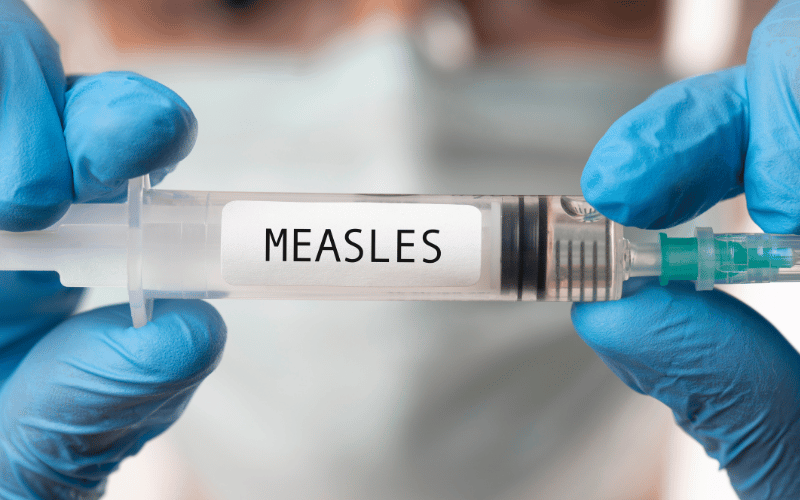Introduction: The Context of Measles Today
Measles, with its notorious red rash and fever, isn’t just a relic from our grandparents’ stories; it’s making headlines in our modern world. A quick glance at recent news might make one think that measles was always lurking, ready to pounce. But the truth is, for a significant portion of the late 20th century, measles cases were dwindling. It wasn’t by accident. Rigorous global campaigns, public health initiatives, and widespread vaccinations had pushed it to the brink of eradication in many developed nations.

So, what changed? Why has this ghost from the past returned to haunt us?
The reasons for this resurgence are multifaceted. While we could easily point fingers at singular culprits—like the anti-vaccination movement or global travel—the reality is more complex. And though it’s essential to understand the direct causes, it’s equally vital to grasp the broader social and cultural contexts that give rise to these causes.
One might ask, for instance, why misinformation about vaccines spreads so quickly in the age of the internet. Or why certain communities have grown suspicious of medical professionals and public health initiatives. These questions are as crucial as understanding the science of the virus itself.
Cause 1: The Highly Contagious Nature of the Virus

The rubeola virus, responsible for causing measles, is alarmingly adept at transmission. When a person infected with this virus sneezes or coughs, millions of virus particles are released into the air. These particles don’t just settle down immediately. They linger, suspended in the environment, waiting for their next host. This airborne nature of the virus makes it highly contagious.
In populated areas, a single sneeze or cough can affect multiple individuals simultaneously, especially if they’re in close proximity. Given that this virus can remain active on surfaces and in the air for hours, unsuspecting people can get infected without even being in direct contact with an infected individual. Places like hospitals, schools, and malls become high-risk zones.
Additionally, the initial symptoms of measles can be deceptive. They’re often similar to other less severe illnesses, which means carriers might not even know they’re infected. This, combined with the virus’s robust nature, leads to easy and quick transmission. (1)